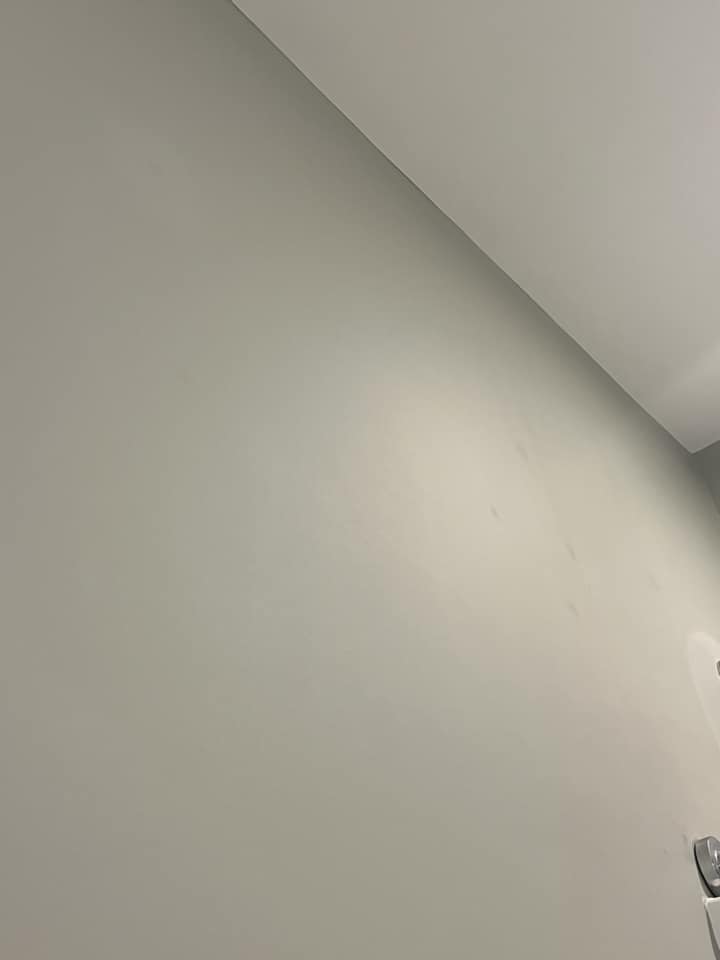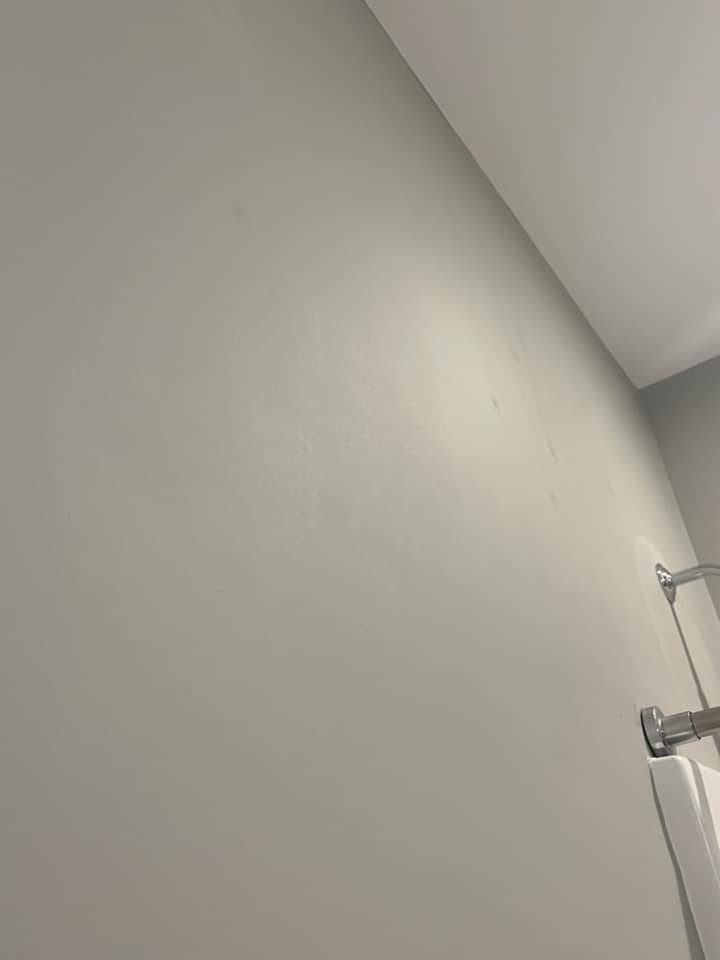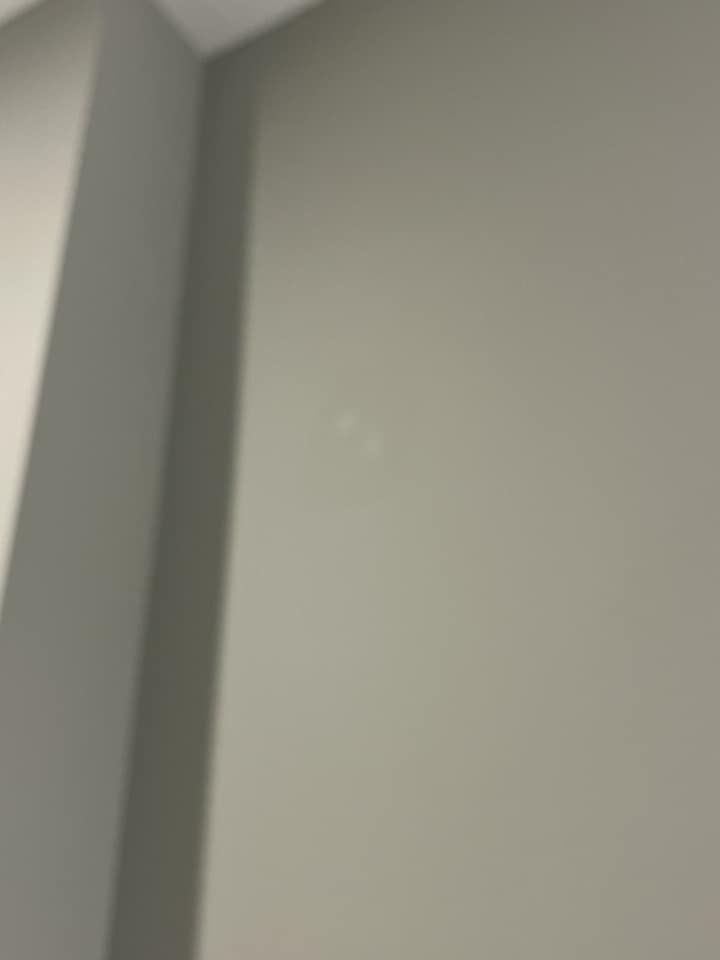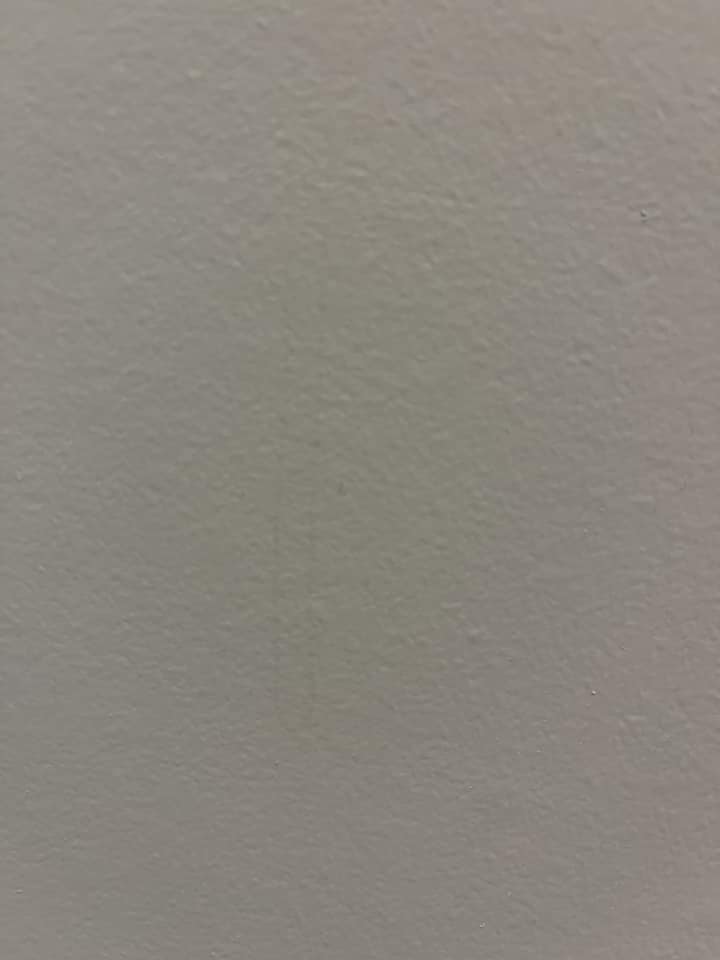Is my bathroom exhaust fan not strong enough, or is this condensation issue due to poor quality paint?
1 year ago
Last Updated: May 14, 2024
Is it common to notice those circular wet spots and condensation drip marks on the bathroom walls after taking a hot shower, even when we make sure to keep the fan running the whole time and for an extra 1-2 hours afterward? I’m wondering if maybe our exhaust fan isn’t strong enough and if upgrading the cfm would make a difference, or if it’s more likely due to the low-quality flat paint that the builders used. We didn’t have this issue in our last new construction home with the same kind of paint. It’s a bit tricky to see in the pictures, but if you look closely, you’ll notice the circular marks and then the drip stain in the last one.




I’m assuming it’s because of the fan.
I found that applying eggshell finish paint over the inexpensive flat paint in my bathroom helped with the issue of walls sweating (and yes, I do use the fan).
I believe a good rule of thumb for choosing a fan size is to have 1 cfm for every square foot of bathroom space.
Try painting it with a premium eggshell or satin paint, rather than paint from a big box store, and then check if the fan is powerful enough.
Consider using a combination of high-quality paint and a suitable fan.
Ensure your fan is properly vented so that it can effectively circulate air. I discovered that the vent in my house was incorrectly installed by the builder; there was siding behind the vent cover. 🤦🏽♂️
I have a Nutone heater fan/exhaust fan combo that really helps with keeping the bathroom warm. I usually just have the heater fan on and there’s only a bit of condensation on the mirrors. My wife likes to use both fans and I don’t see any condensation at all. I don’t mind a little condensation as long as it’s warm. The size of the exhaust pipe is important too – I had to reduce it from 4″ to 3″ in a small bathroom in my old condo with a 110 CFM exhaust fan, but there was still a lot of condensation.
What’s a surfactant?
Hey, so we had surfactant leaching all over the house, even on non-bathroom walls. But the real question is why did it happen and how can we prevent it?
Absolutely. Even a strong fan can’t defy good old physics. Maybe try using a heater as well, or opening a window.
Hey, ! I’ve never encountered this issue in the past until moving to this new house. I’m curious to know what could be causing it.
Hey, an anonymous participant here! There could be a few factors at play, but it’s usually a combination of things. The fan might be insufficient (you can easily test the flow rate to check), the affected wall could be lacking insulation compared to the old house (exterior walls are more prone to moisture due to temperature differences), there might be a difference in air pressure in the room, overall humidity, or even the texture of the paint…
Hey there, ! We first noticed the streaks during the summer, when humidity was high. After wiping them clean, they disappeared. Humidity hasn’t been a problem since, but the streaks have returned. A lot of them are on interior walls. Do you think the marks were never truly gone and have just resurfaced over time?
Hey there, the ability for something to resurface largely depends on the type of paint used. It might be worth looking into the efficiency of the fan first. You could potentially upgrade to a more powerful fan for a few hundred dollars, but sometimes it’s a simple fix like a disconnected duct or a blockage.
Hey, mentioned that when they switch on the fan, they can see the flap on the outside of their house open. They also had a company test the cfms and confirm that it’s sufficient. Considering that the humidity is now under control, do you think repainting the walls would be a good idea?
Hey there, it’s great that you made sure to check the airflow! Using a paint specifically designed for humid bathrooms can definitely help make it easier to clean the walls without leaving behind any residue. At my cottage, I found that using a small electric heater in the bathroom along with the extraction fan worked wonders. It kept the room warm during showers in the winter, and the heat quickly got rid of excess moisture, so we didn’t have to wipe the walls anymore. These heaters are much more compact and efficient compared to dehumidifiers.
Do you think it would be pointless to repaint using the same paint? We suspect the problem was caused by the high humidity levels of 60-70%. Now that we have an in-line dehumidifier, I don’t think humidity is the issue anymore. I’m just wondering if I can stick with the same flat paint and repaint.
Yeah, I feel like that might be too much and may not actually fix the problem. If you’re planning to repaint, I would suggest sanding it all down and using a good primer and paint specifically designed for bathrooms.
Do you have a window in your bathroom? Make sure to open it after taking a shower.
There are several possibilities. It could be any one of these factors or a mix of all of them: an underrated exhaust fan, one that isn’t properly venting outside or has a blocked vent, high humidity in the house, and taking long hot showers.